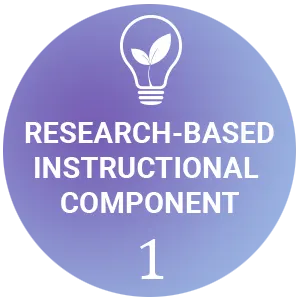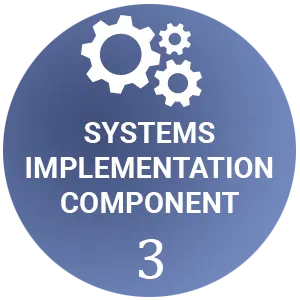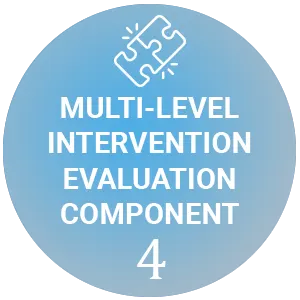Reading Recovery Overview
 Nothing is more important when children enter first grade than learning to read and write! Good classroom instruction is one of the first steps in helping children become readers and writers. Yet for some children good classroom instruction is not enough. Reading Recovery serves as an additional level of support for classroom instruction in first grade by providing more comprehensive assessments, individualized instruction, and immediate intervention. So what is Reading Recovery and how does it work to bring children into the average of the class?
Nothing is more important when children enter first grade than learning to read and write! Good classroom instruction is one of the first steps in helping children become readers and writers. Yet for some children good classroom instruction is not enough. Reading Recovery serves as an additional level of support for classroom instruction in first grade by providing more comprehensive assessments, individualized instruction, and immediate intervention. So what is Reading Recovery and how does it work to bring children into the average of the class?
Reading Recovery is a trademark intervention with standards and guidelines to ensure the integrity of the intervention and the high quality of expected results. The Consortium for Policy Research in Education (CPRE) engaged in a 4-year evaluation of Reading Recovery in an i3 scale-up grant (May et al., 2016). CPRE assessed program fidelity by analyzing consistency with the Standards and Guidelines of Reading Recovery in the United States. Their analysis revealed strong fidelity to the program model across all years of the study, supporting the validity of their impact findings.
Reading Recovery serves the lowest-achieving first graders—the students who are not catching on to the complex set of concepts that make reading and writing possible. Individual students receive a half-hour lesson each school day for 12 to 20 weeks with a specially trained Reading Recovery teacher. As soon as students can meet grade-level expectations and demonstrate that they can continue to work independently in the classroom, their lessons are discontinued, and new students begin individual instruction.
Reading Recovery Basics
To intervene early (first grade) before students’ literacy difficulties become lifelong obstacles.
To develop effective reading and writing strategies in order to make faster than average progress and work successfully and independently in classrooms.
For students whose literacy instruction is delivered in Spanish (Descubriendo la Lectura) in the United States; also available in French in Canada (L’intervention préventive en lecture- écriture).
30 minutes daily for 12 to 20 weeks for first graders having the most literacy difficulties (supplementing good classroom instruction).
Initial training for an academic year and subsequent ongoing professional development for school-based teachers, site/district-based teacher leaders, and university trainers.
Carefully designed intensive instructional practices; individual instruction based on informed decision making by a knowledgeable teacher using appropriate assessments and systematic observation.
(a) data collected daily by Reading Recovery teachers to inform instruction,
(b) descriptive and outcome data for every child served collected and reported by Ohio State University’s International Data Evaluation Center, and
(c) research validating the effectiveness of the intervention.
Fidelity of implementation based on adherence to trademark standards and guidelines for teaching, training, and implementation at school and district levels.
Includes university training centers, North American Trainers Group, Reading Recovery Council of North America, International Data Evaluation Center, Canadian Institute of Reading Recovery, state/regional teacher leaders and teachers.
Essential Components
As an early intervention, Reading Recovery is best described using four essential components. Click on each component to learn more about it.




3. Systems Implementation
Systemic Implementation involves:
- Developing Long-Range Plans
- Scheduling to ensure efficiency and impact
- Planning for implementation
- Planning for Full Coverage
- Using a Network of Support Locally and Nationally
4. Intervention Evaluation
Evaluation of Reading Recovery Students involves:
- Submitting pre-test and post-test data for every Reading Recovery Student compared to a randomly selected control group’s pre-test and post-test data to a secure website at The Ohio State University’s International Data Evaluation Center (IDEC).
- Two positive outcomes of the Intervention
- Systematic Evaluation and Accountability
THE JOURNAL OF READING RECOVERY
Spring 2024
Constructing a More Complex Neural Network for Working on Written Language That Learns to Extend Itself by Carol A. Lyons
Reading Recovery IS the Science(s) of Reading and the Art of Teaching by Debra Semm Rich
Predictions of Progress: Charting, Adjusting, and Shaping Individual Lessons by Janice Van Dyke and Melissa Wilde
Teachers Designing for Context: Using Integrity Principles to Design Early Literacy Support in Aotearoa New Zealand by Rebecca Jesson, Judy Aitken, and Yu Liu

